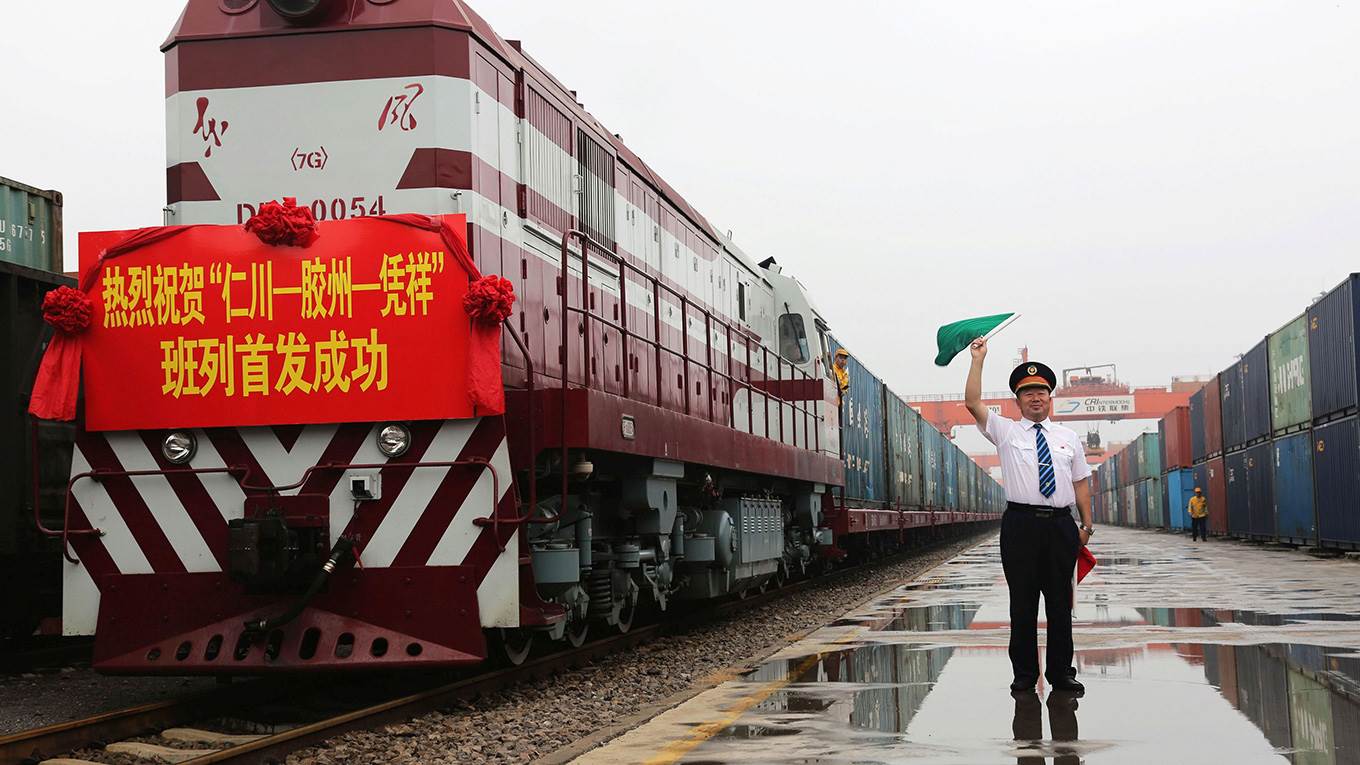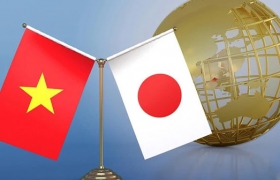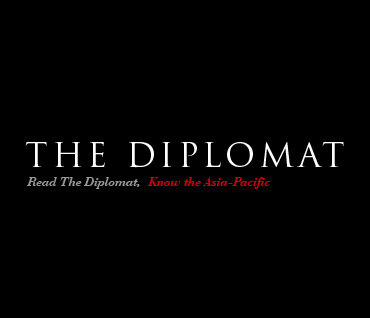- Luật
- Hỏi đáp
- Văn bản pháp luật
- Luật Giao Thông Đường Bộ
- Luật Hôn Nhân gia đình
- Luật Hành Chính,khiếu nại tố cáo
- Luật xây dựng
- Luật đất đai,bất động sản
- Luật lao động
- Luật kinh doanh đầu tư
- Luật thương mại
- Luật thuế
- Luật thi hành án
- Luật tố tụng dân sự
- Luật dân sự
- Luật thừa kế
- Luật hình sự
- Văn bản toà án Nghị quyết,án lệ
- Luật chứng khoán
- Video
- NGHIÊN CỨU PHÁP LUẬT
- ĐẦU TƯ CHỨNG KHOÁN
- BIẾN ĐỔI KHÍ HẬU
- Bình luận khoa học hình sự
- Dịch vụ pháp lý
- Tin tức và sự kiện
- Thư giãn

TIN TỨC
fanpage
Thống kê truy cập
- Online: 223
- Hôm nay: 198
- Tháng: 1621
- Tổng truy cập: 5245625
Lies, Damn Lies, and Vietnam’s Trade Statistics
For some, data showing that China has overtaken the United States as Vietnam’s biggest export market is evidence that China’s influence in the region is growing, particularly on strategic issues like sea-lane navigation. But a closer reading of the numbers suggests that the data are wrong – and may be intentionally misleading.

SINGAPORE – On April 17, Bloomberg reported that China had overtaken the United States as Vietnam’s largest export market. According to figures cited by the news organization and tallied by the International Monetary Fund, Vietnam’s exports to China totaled $50.6 billion in 2017, compared to $46.5 billion in exports to the US.
If these numbers are accurate, they would represent a significant shift in the triangular relationship between Vietnam, China, and the US. As Bloomberg succinctly put it, the data underscore how the world’s second-largest economy is “growing its influence in the region” at the expense of the US.
But the trade numbers do not tell the whole story; a closer reading suggests they might even be wrong. Preliminary statisticsfrom the General Department of Vietnam Customs (GDVC), which oversees Vietnam’s trade data, contradict the IMF assessment. According to the GDVC, exports to the US last year totaled $41.6 billion, while exports to China stood at $35.5 billion. In other words, by Vietnam’s count, the US remained its largest export market by a margin of 17%, a gap that held steady during the first three months of 2018. Moreover, the GDVC figures show that historic trends in Vietnam’s trade ties have remained intact; Vietnam continues to run a large trade deficit with China and a surplus with the US.
So, what can account for the discrepancies between the official data and the IMF’s figures?
One possible explanation is methodological: the Fund and the GDVC simply used different formulas to arrive at their estimates. But a gap of $15.1 billion on the China side of the ledger makes this highly unlikely. Another possibility is that the IMF sourced its data exclusively from Chinese authorities. But evidence for that scenario is thin.
A third theory – which, admittedly, is impossible to prove beyond a reasonable doubt – may be the most credible: both sides manipulated annual and monthly trade data to bolster their own narratives.
For Vietnam, data indicating lower exports would support the government’s efforts to extend trade deeper into Chinese markets. Plagued by a large and persistent bilateral trade deficit, Vietnamese officials have long requested that their Chinese counterparts allow more imports from Vietnam. The numbers released by GDVC would advance – or at least not undermine – that goal.
For China, on the other hand, inflating the figures for imports from Vietnam could help neutralize such a request, reminding the Vietnamese authorities of how important trade with China is to their country’s economy. Higher trade figures may persuade Vietnam to maintain friendly bilateral ties, and perhaps even to adopt more accommodating positions on thorny regional security issues, such as the South China Sea dispute.
Of course, the Trump administration’s protectionist trade policies could render all of this speculation meaningless. While Vietnam’s bilateral trade with China is expanding and could exceed $100 billion sometime this year, its trading relationship with the US is being hurt by America’s inward turn. Major Vietnamese exporters of seafood and steel have already been hit with new US tariffs,and additional sectors, such as textiles, could be next. With the US having withdrawn from the Trans-Pacific Partnership, growth in bilateral trade is bound to suffer further.
If these trends continue, the IMF’s analysis – as questionable as it may be now – will eventually become reality. And, if China, which has long been Vietnam’s largest source of imports, doesreplace the US as Vietnam’s most important export market, Vietnam will find it nearly impossible to continue its current strategy of hedging between two great powers. At that point, no amount of creative accounting will be able to mask the new realities of Vietnam’s economic constraints.

LE HONG HIEP
Le Hong Hiep is a fellow at the ISEAS-Yusof Ishak Institute, Singapore, and the author of Living Next to the Giant: The Political Economy of Vietnam’s Relations With China Under Doi Moi.
Các bài viết khác
- Nguy cơ bong bóng bất động sản vùng ven (05.05.2018)
- Nhà 100 tỷ đóng thuế gần 6 triệu: Dân giàu giấu tiền vào nhà đất (05.05.2018)
- Nhìn lại tiến trình lịch sử của việc hình thành Luật Đầu tư nước ngoài (05.05.2018)
- Những quả mìn thời hậu chiến (05.05.2018)
- Rủi ro bong bóng 21 tỷ USD bơm vào bất động sản (05.05.2018)


















































 Yahoo:
Yahoo: 